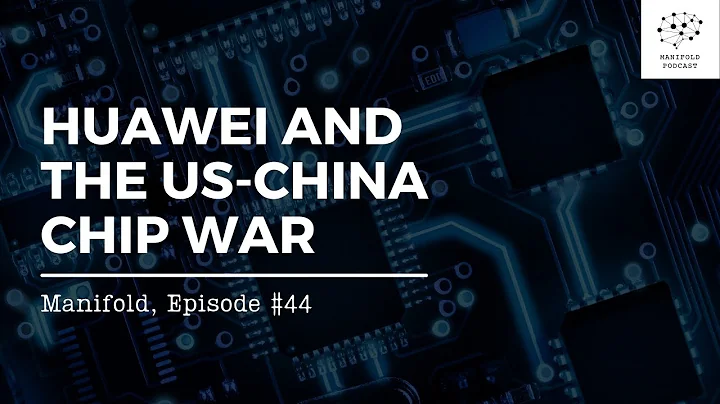As we all know, in 2019, the United States included Huawei in the so-called "entity list". After that, American companies began to cut off cooperation with Huawei. Among them, Google , which has cooperated with Huawei for many years, also announced the termination of Google GMS. is used on Huawei mobile phones . All Huawei devices are prohibited from being equipped with Google applications and services.
This sanction could be said to be fatal to Huawei at that time. First, Huawei mobile phones rely on Google GMS services in overseas markets and their own high-quality product features to attract a large number of overseas users. Cutting off the GMS service is equivalent to cutting off the "lifeblood" of Huawei mobile phones in overseas markets; secondly, After Google stopped supplying Huawei's GMS service, Huawei's overseas mobile phone users can no longer download and install many of the world's mainstream software. For example, would you buy a mobile phone that cannot install WeChat, , Alipay, ? No matter how good the quality of this mobile phone is, it is equivalent to a "brick" in the era of the Internet of Things.

In order to reverse this situation, Huawei tried every means at the time and actively negotiated with Google in an attempt to restore GMS's cooperation rights. However, at that time, Ren Zhengfei had already clearly realized that "the United States has given up sanctions on Huawei and has no illusions." Immediately, Ren Zhengfei announced an important decision within Huawei: forget GMS and develop its own operating system and ecological services. Six months later, Huawei boldly launched the HMS service to replace Google's GMS service. After
, Huawei successively released the new HarmonyOS, which replaces Android on Huawei mobile phones. Behind HarmonyOS, there is also an open source OpenHarmony.
Of course, many people can’t tell the relationship between HMS, HarmonyOS and OpenHarmony.

In 2020 and 2021, Huawei will open up the Hongmeng system code twice. Any developer can freely download, use and modify the source code to form the OpenHarmony open source project. The other is the commercial version HarHarmony used by Huawei itself.
HMS is equivalent to Google's GMS. Its full name is Huawei Mobile Services ( Huawei Mobile Services ). It is not an operating system, but a collection of Huawei Cloud Services open capabilities. It is equivalent to Huawei's Family Bucket APP, developed Based on the HMS SDK, developers can use Huawei account, in-app payment, message push, friend relationships and other capabilities.
Huawei HMS Core is a very important core service in the open architecture of Huawei HMS. These include 9 basic services and 5 growth services. In the next two years, Huawei launched HMS Core 4, HMS Core 5, and HMS Core 6, opening a total of 56 capabilities in 7 fields.

For Huawei, the biggest role of HMS is to get rid of Google's GMS restrictions and provide ecological support for Huawei's self-developed Hongmeng OS. In addition, HMS also provides more choices for global application developers, helping developers develop a more far-reaching global strategic layout.
In order to allow more developers around the world to join HMS services, Huawei launched the US$1 billion "Shining Star Incentive Plan" and adjusted the revenue sharing, setting the sharing ratio to 8:2. Developers account for 80% of the revenue, while Huawei only accounts for 20%.
Two years later, the number of registered developers for Huawei's HMS service has reached 2.3 million, the number of accessed applications has exceeded 55,000, and the number of monthly active users has reached 400 million.
Recently, this data has been updated again. Currently, Huawei HMS service developers have exceeded 5.4 million, compared with 560,000 in 2019, an increase of nearly ten times in three years; in addition, the number of HMS Core applications has also reached 203,000, an increase of 52 %, the cumulative number of distributed applications is 400 billion.
5.4 million, what is the concept of this quantity? From the release of Google Android in 2005 to 2014, the number of global developers only reached 388,000. This means that Huawei’s HMS ecosystem took three years to exceed the size of Android in the previous ten years. Some netizens said that even Google had to accept this result.

Of course, facing the current tens of millions of developers from Google and Apple , Huawei HMS still has a long way to go.Although Huawei HMS was forced to launch early due to changes in the external environment, the outstanding performance of Huawei HMS in the past three years can be seen that it is only a matter of time before Huawei HMS can rival Google GMS.





















